[ad_1]
Can we justify sustaining water-hungry botanic gardens in an age of native local weather change and rising water costs?
Maybe such gardens mustn’t suited to Australia’s altering native local weather – inside the event that they ever had been.
It’s simple to argue Australian botanic gardens are imperial remnants filled with European crops, an more and more uncomfortable reminder of British colonisation.
However gardens, and their gardeners, aren’t static. They’re intrinsically altering entities.
A quick historic earlier
Most Australian botanic gardens had been established contained in the nineteenth century, beginning with the yard contained in the Sydney Area spherical 1816.
The earliest gardens served loads of choices.
That that they had been meals gardens. That that they had been try gardens used to search out out the suitability of crops and greens launched from Europe and fully completely different colonies.
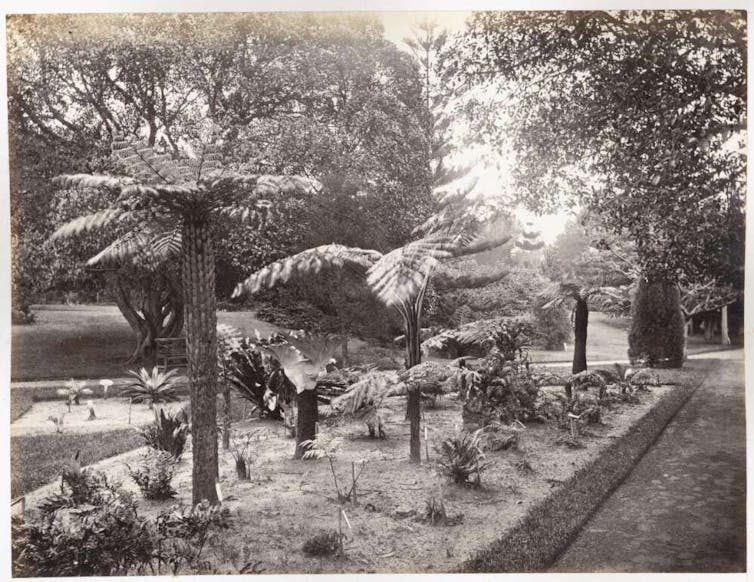
The Sydney Botanic Gardens, photographed correct proper right here between 1860 and 1879, had been established in 1816.
Nostalgia, European concepts of magnificence and the need to look at launched varieties meant botanic gardens had been planted with bushes acquainted to British mates. Oaks, elms and conifers had been all planted, together with the sorts of flowers and shrubs naturalised in British personal and public gardens.
Launched crops and bushes had been distributed to settlers as a part of acclimatisation – the introduction of distinctive crops supposed to remodel the Australian panorama to a further acquainted one and make it “productive”.
Botanic gardens furthermore reversed this modification by amassing, cultivating and internationally distributing Australian native crops deemed almost definitely helpful or beautiful.
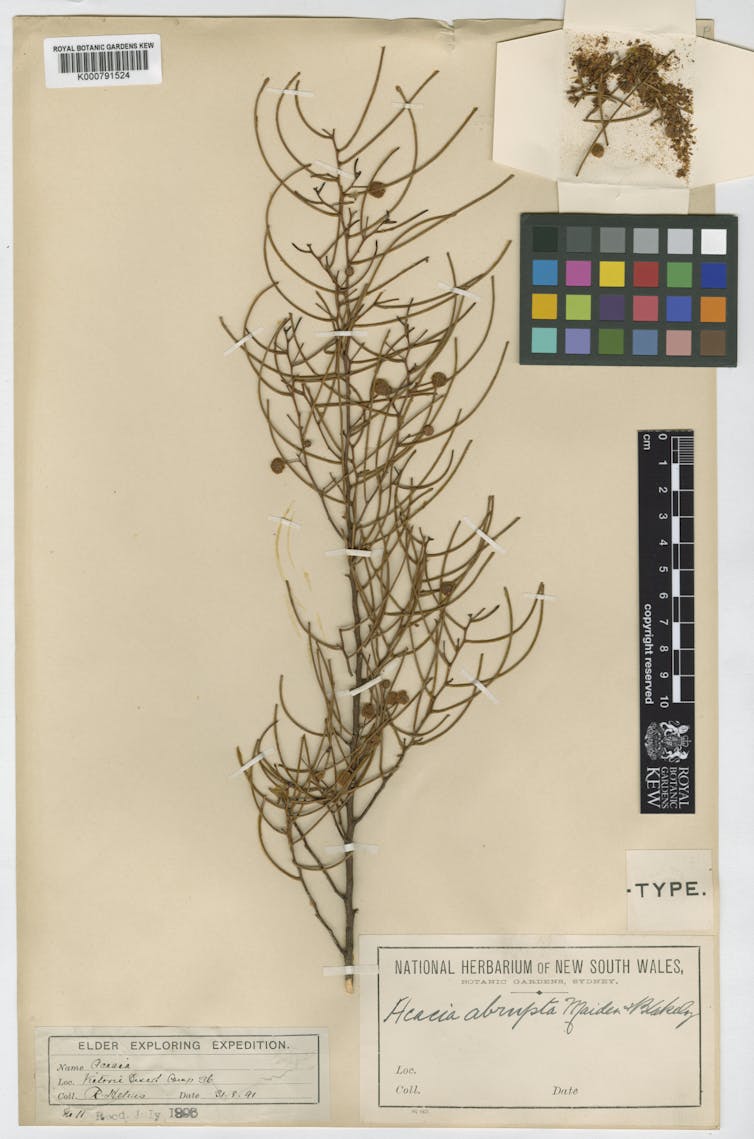
Australian specimens had been usually collected by botanic gardens and despatched to Europe.
Be taught further:
Friday essay: the forgotten German botanist who took 200,000 Australian crops to Europe
Lastly, and most controversially, that that they had been public areas.
Australian public gardens drew on then new concepts from European social reformers and progressive politicians. These gardens had been seen as offering healthful air for the residents of more and more crowded cities. That that they had been furthermore constructed on older concepts about commons and provision of shared public residence for the recreation of the poorer courses.
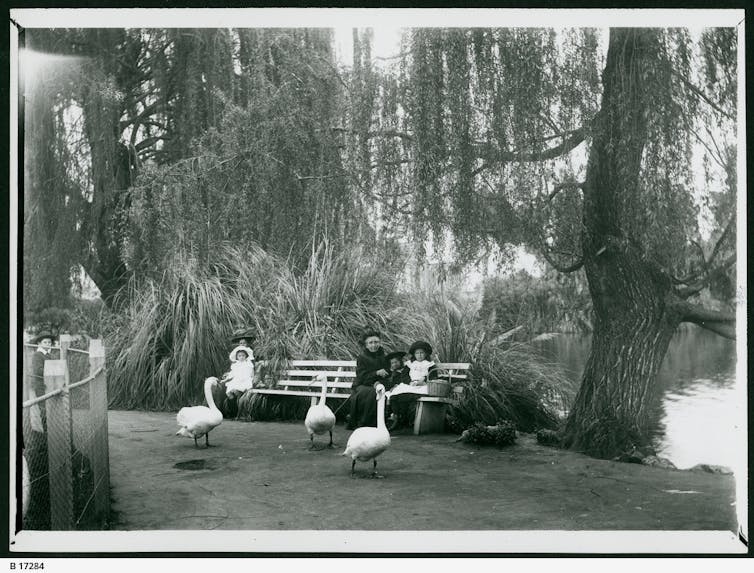
Australia’s botanic gardens had been public areas.
These fully fully completely different makes use of typically clashed. Ferdinand Mueller, director of the Melbourne Botanic Gardens, was arguably displaced from his place on account of his imaginative and prescient of the yard was as an tutorial botanical nursery. Public demand had shifted to a necessity for a further aesthetic and usable yard.
Going by means of the native local weather emergency
Water for bushes and ornamental crops drawn from very fully fully completely different climates had been at all times an issue for these gardens.
As early as 1885, Richard Schomburgk in his place of director of the Adelaide Botanic Gardens instructed Nature concerning the drought affecting that metropolis and the drastic impression it was having “upon loads of the bushes and shrubs contained in the Botanic Yard, natives of cooler worldwide locations”.
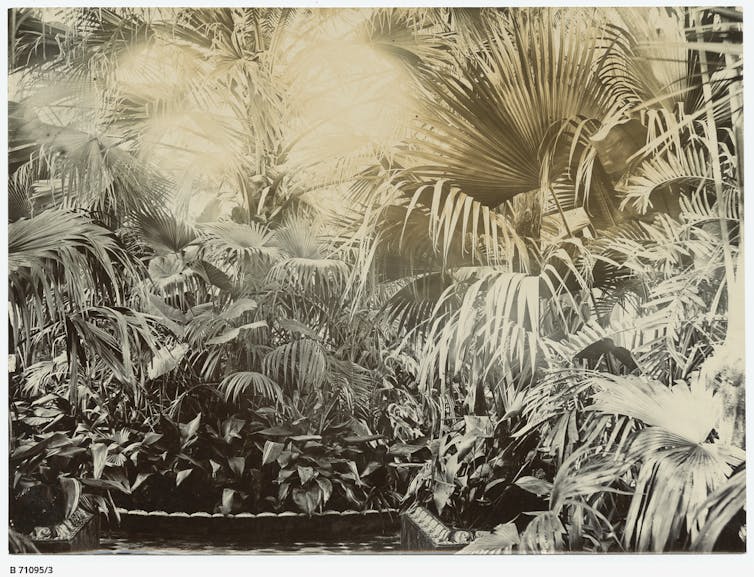
Drought was affecting the Adelaide Botanic Gardens as early as 1885.
Because of the native local weather has shifted, droughts, modifications in water desk and native local weather change uncertainty have foregrounded the plight of those thirsty bushes, and some have died.
The Geelong Botanic Gardens, established in 1851, present an event of water demand and the work carried out to retain historic bushes, utilizing wastewater to look after these plantings. The yard furthermore now has a “Twenty first-Century Yard” targeted on sustainability, containing hardy natives together with acacias, eremophila, saltbush and grasses.
At present’s botanic gardens are nonetheless try gardens, and are actually compulsory websites for worldwide native local weather change analysis. They present what to not plant, nevertheless furthermore that not all launched crops are unsuited to Australian circumstances.
Adelaide Botanic Gardens present a plant choice information the place residents can examine whether or not or not or not a plant is suited to their native circumstances.
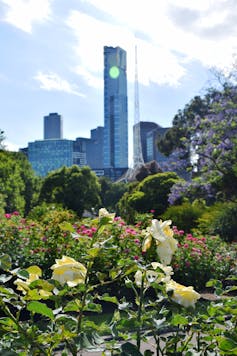
The Melbourne Royal Botanic Gardens embrace a gift of roses suited to an Australian native local weather.
The Melbourne Royal Botanic Gardens have a “native local weather prepared” rose current, a reframing of the decimated species rose assortment, which adjusts distinctive planting to native local weather change, with out throwing the child out with the (diminishing) bathtub water.
Some European, Mediterranean, North and South American crops are precisely suited to Australian climates, or are sturdy ample to adapt to modifications which embrace elevated drying and warmth in loads of areas, nevertheless furthermore the potential for elevated humidity in beforehand arid zones.
Colonial memorials
There was a current enchancment to erase reminders of our colonial earlier.
Do the suitable classes come from eradicating colonial memorials, or from rewriting their which suggests? Pull out the big bushes and distinctive gardens, or use them to point out and take a look on the assumptions and errors of the sooner, together with to design the long run?
Fairly a number of yard exhibitions, such on account of the touring Yard Alternative footage exhibition, do the latter, foregrounding the problematic historic earlier together with the long run potentialities of the house.
Many gardens furthermore now embrace Indigenous acknowledgement and content material materials supplies: heritage walks, excursions, and talks by Indigenous house owners to point out the extended historic earlier, naming and makes use of of native crops which overturn their colonial positioning.
Shifting landscapes
Australia’s botanic gardens have modified lots over the sooner 200 years.
Botanic gardens are adapting to native local weather change, altering dying and harassed bushes and outdated gardens with hardier varieties and new potentialities, conserving endangered species and performing as proving grounds for native local weather impacts.
For a number of years, state and nationwide gardens just like the Western Australian Botanic Yard and regional gardens like Mildura’s Inland Botanic Gardens have put in indigenous, native or climate-focused gardens, together with or as a substitute of the standard heritage European model.
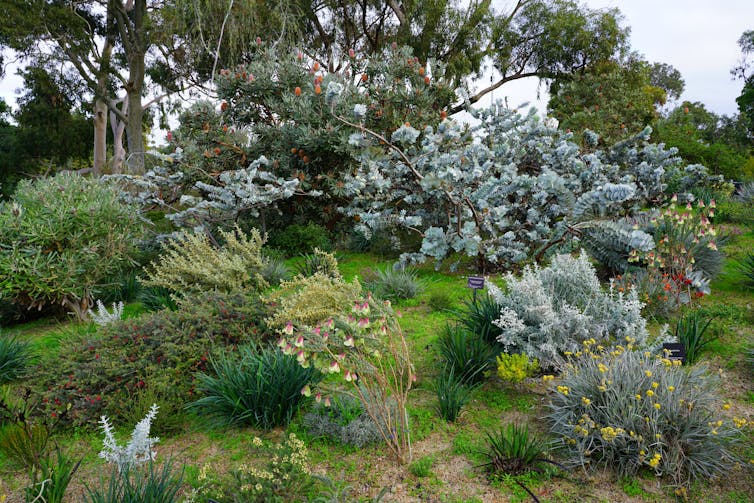
Gardens just like the Western Australian Botanic Yard are more and more showcasing native crops.
Botanic Gardens Australia and New Zealand affords a panorama succession toolkit: a information for mapping out what’s doomed, what most wants preserving and what permutations are most pertinent for our botanic gardens of the long run.
Lastly, we don’t have to tear out non-hardy launched bushes: native local weather change will progressively take away them for us.
[ad_2]
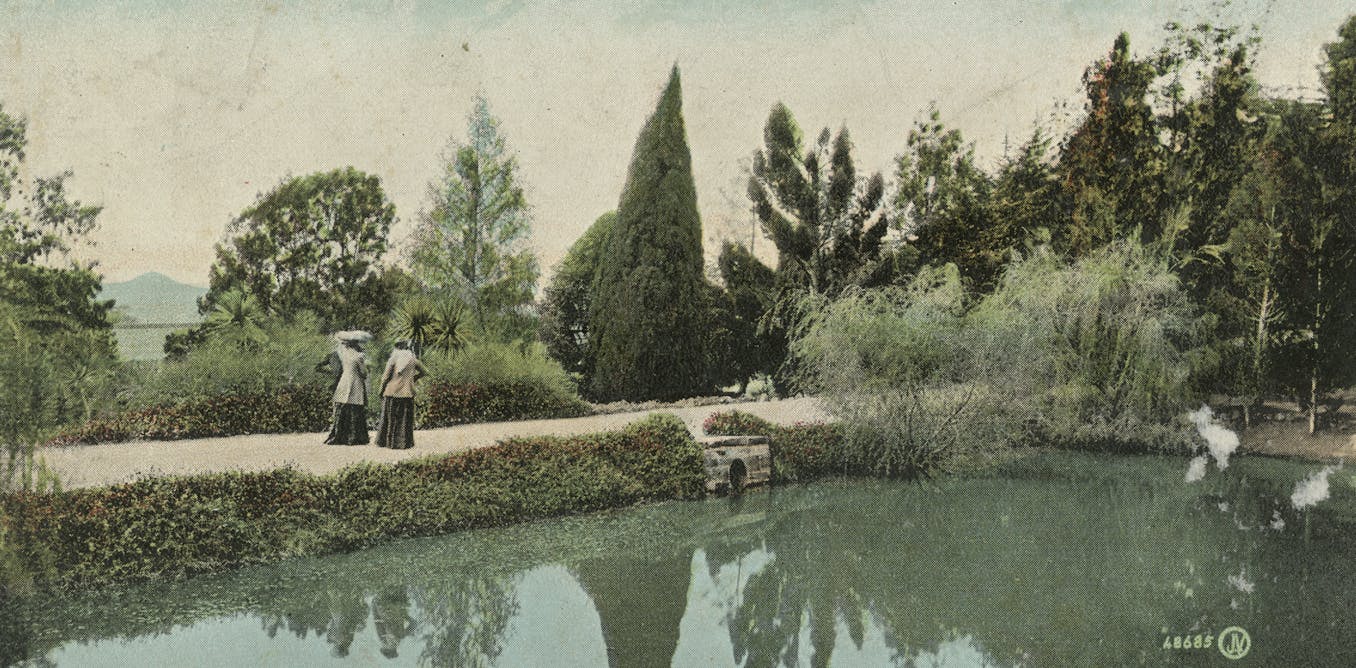
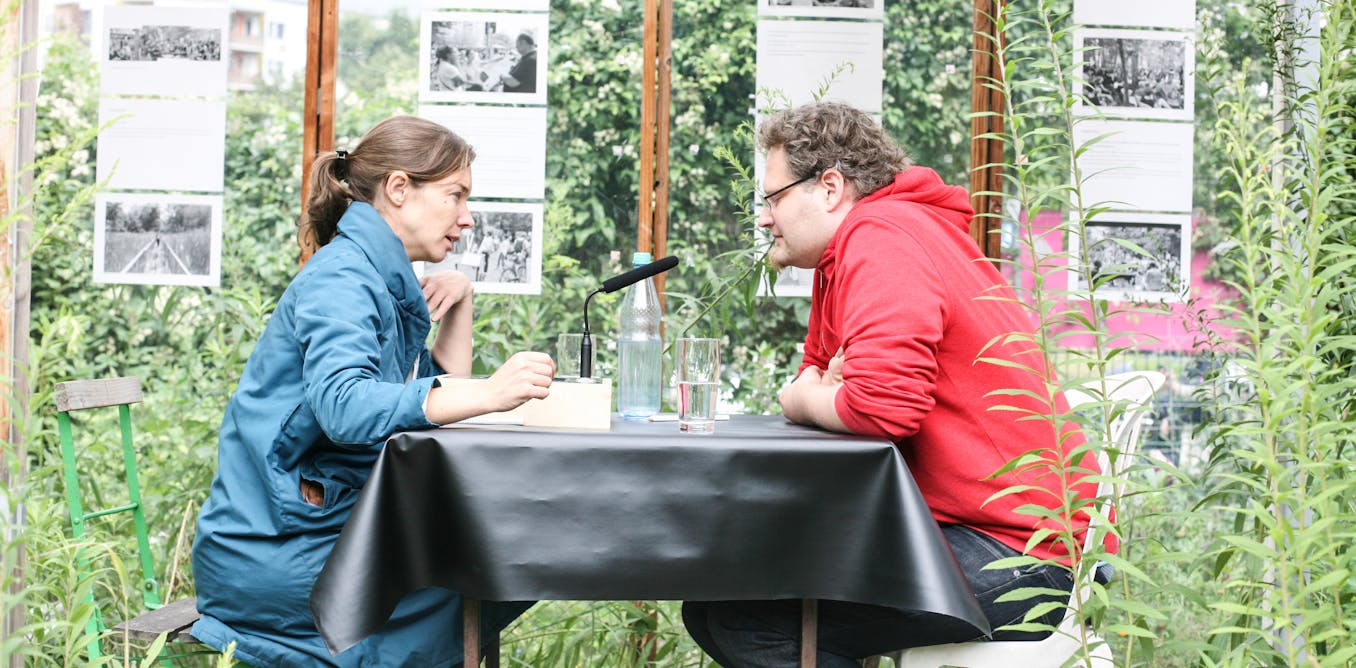
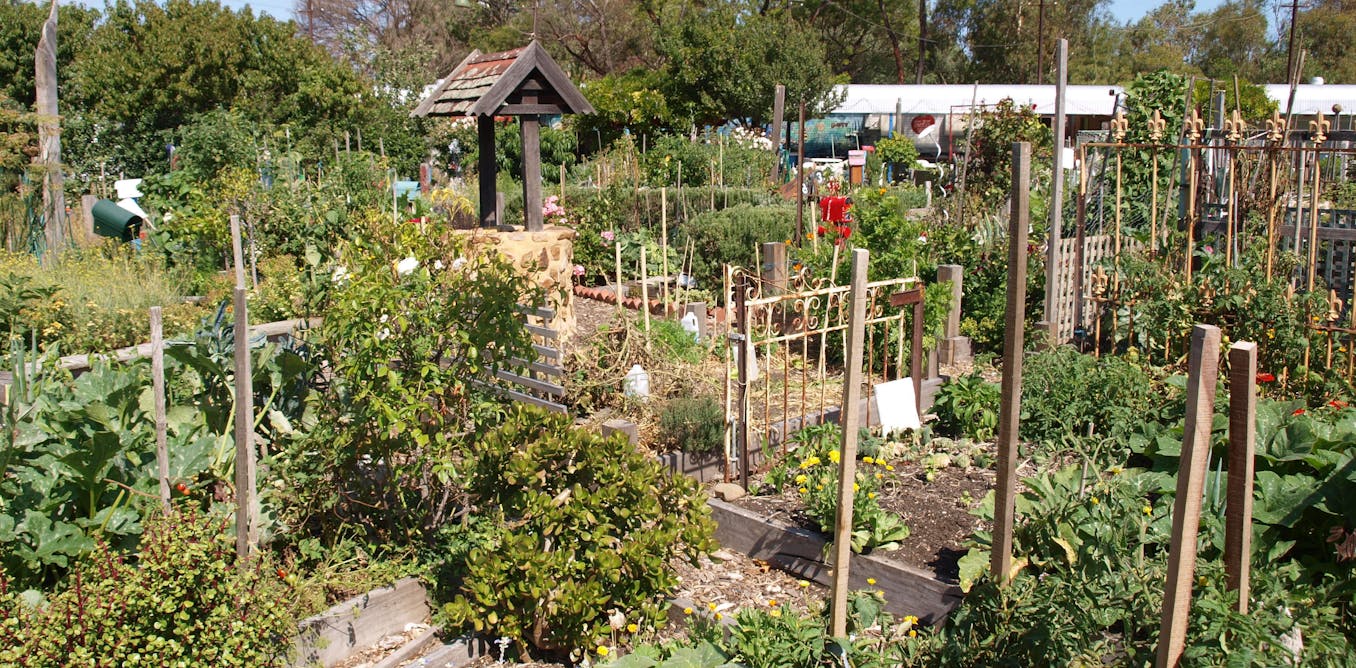
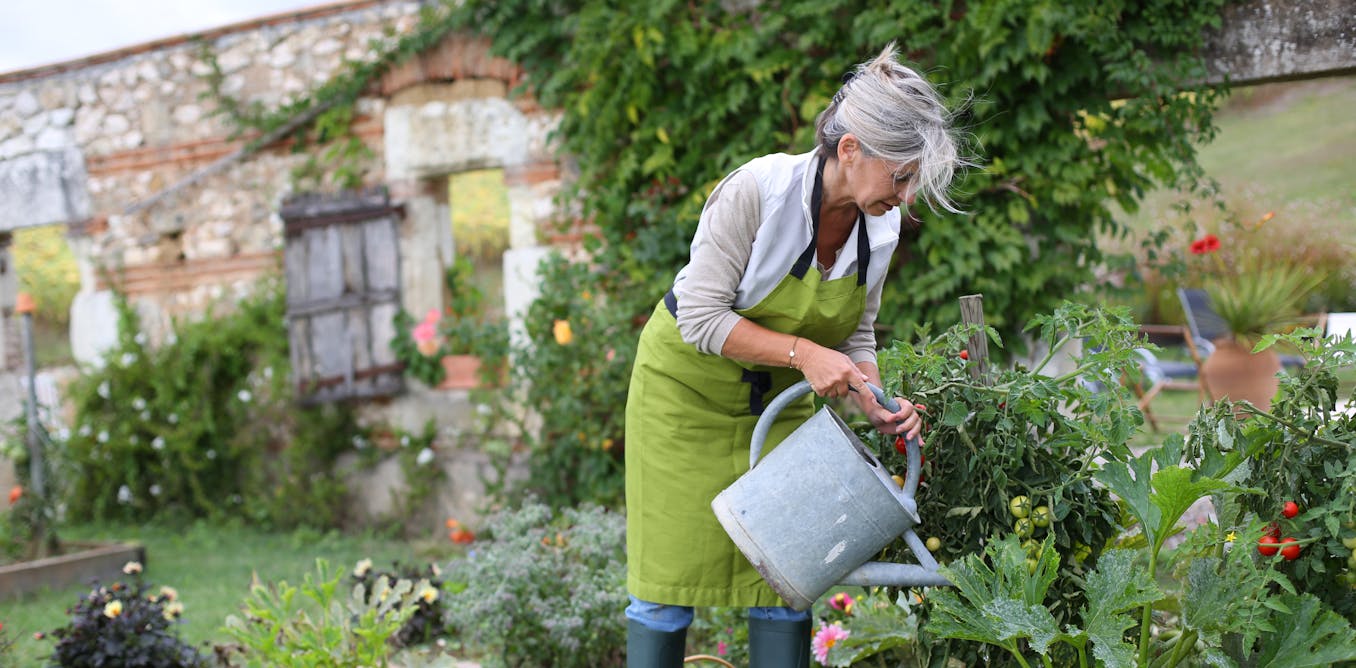
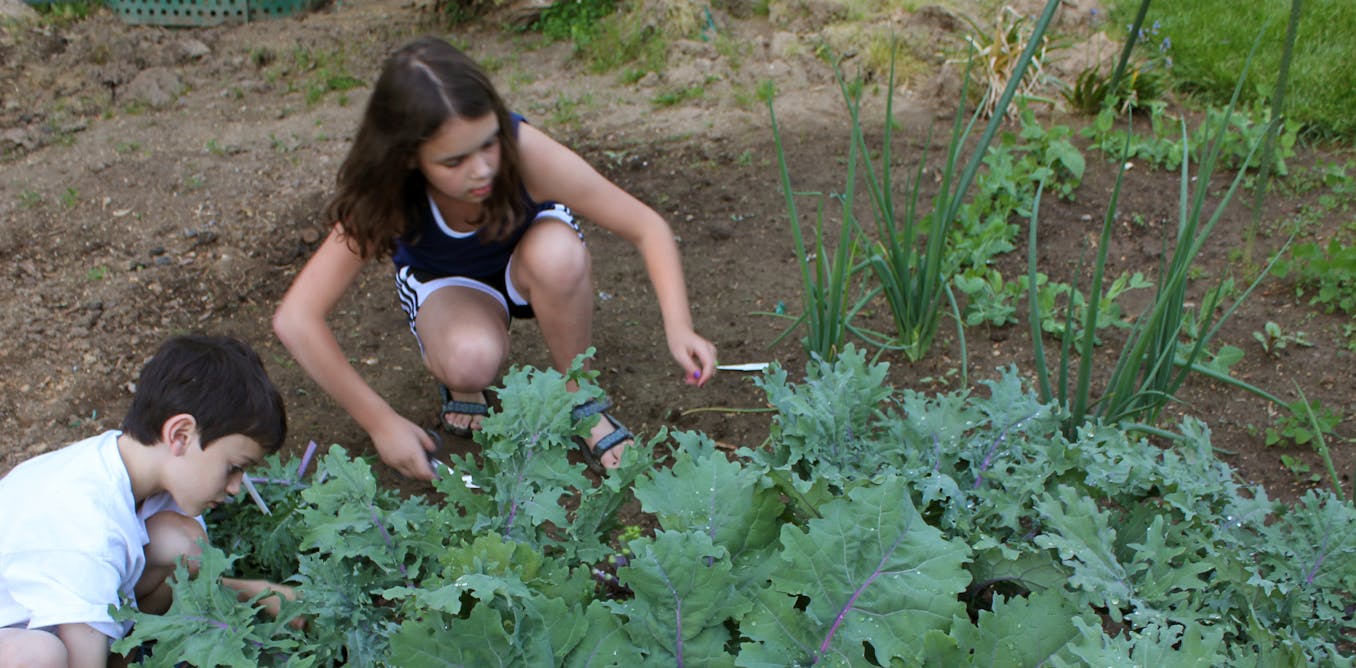
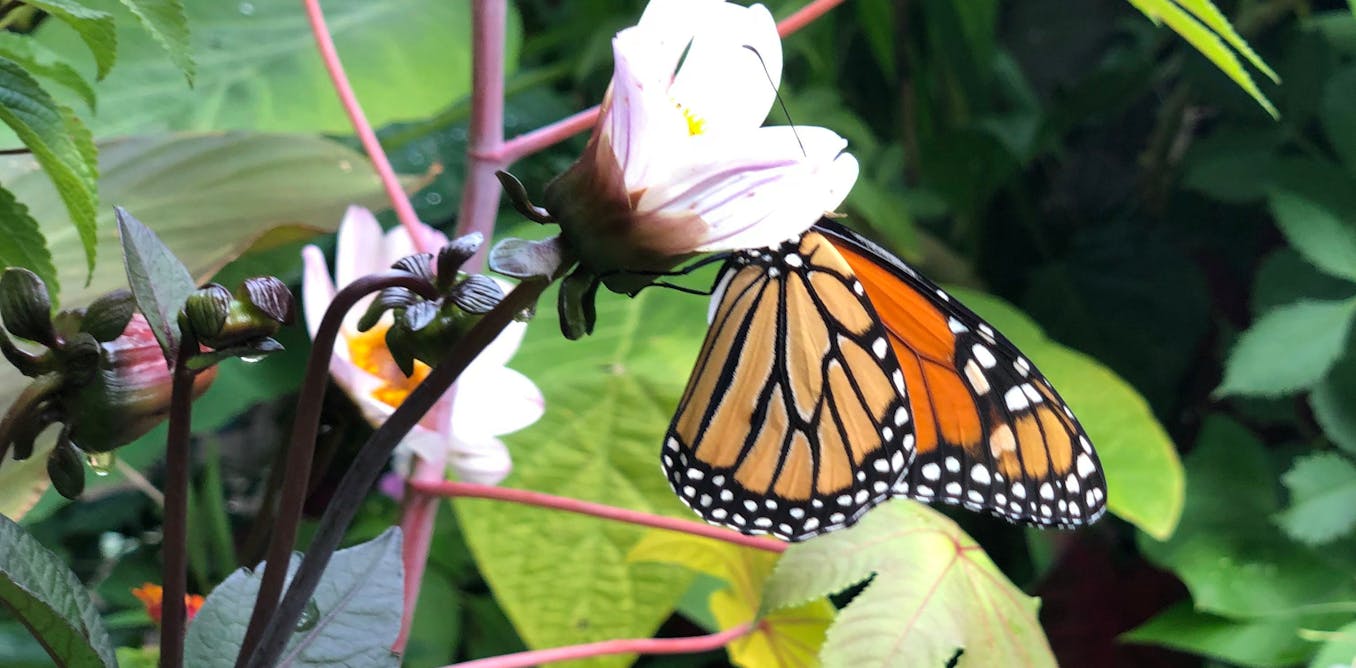

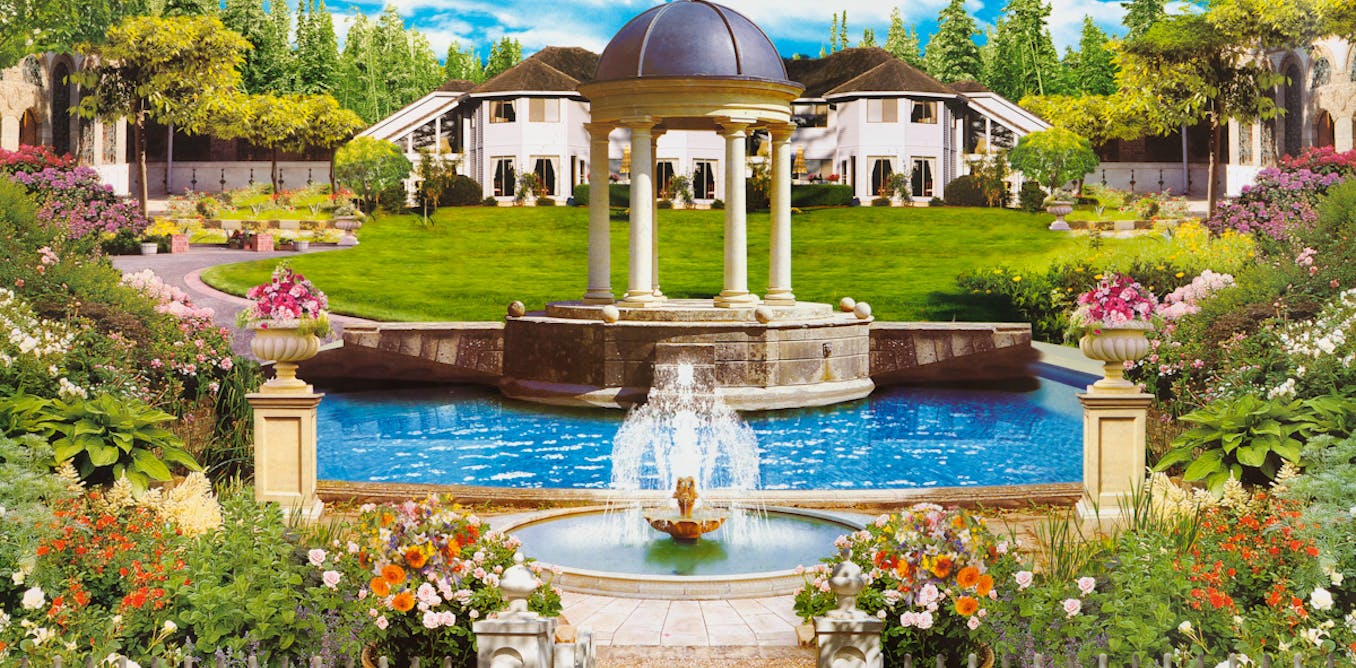



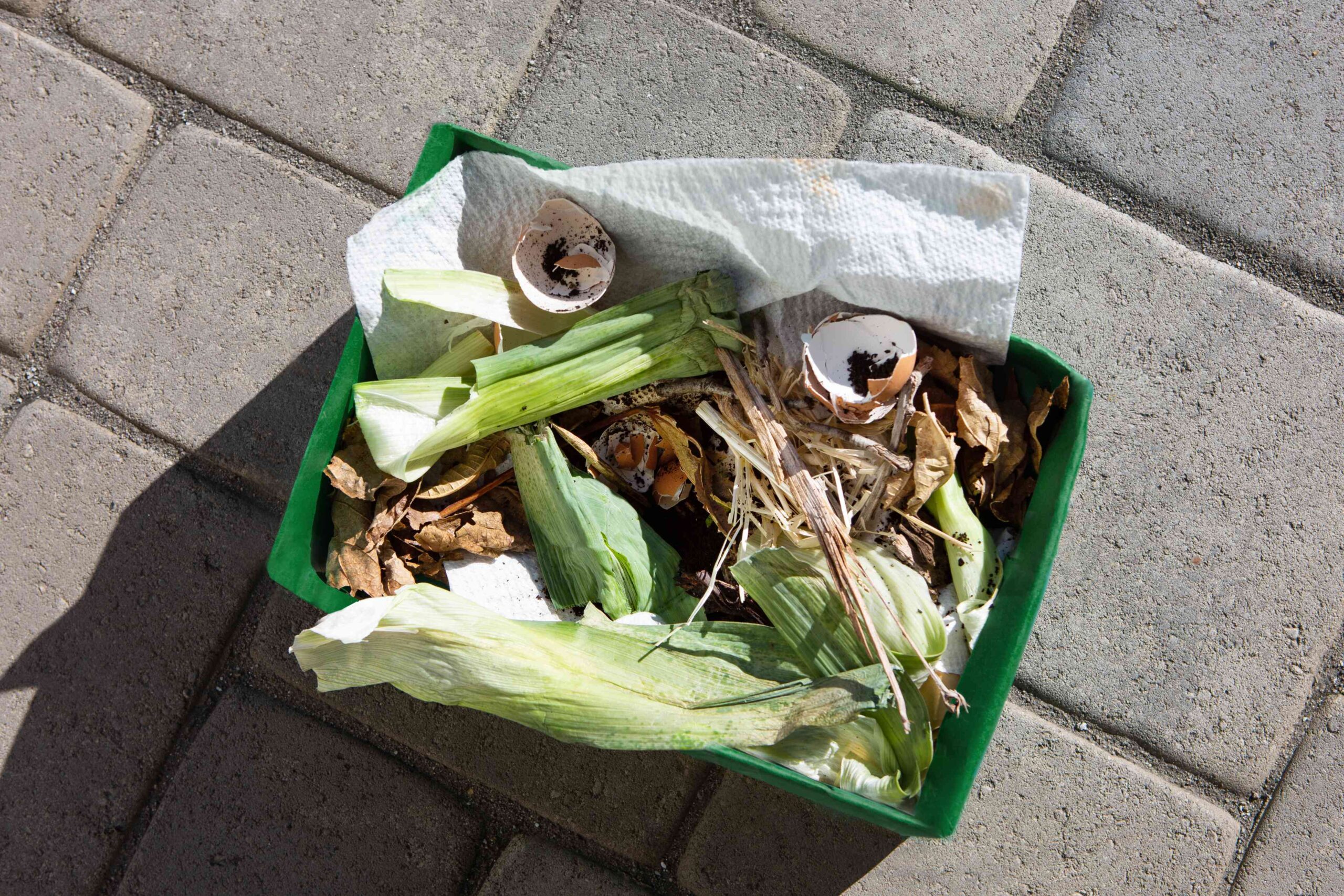

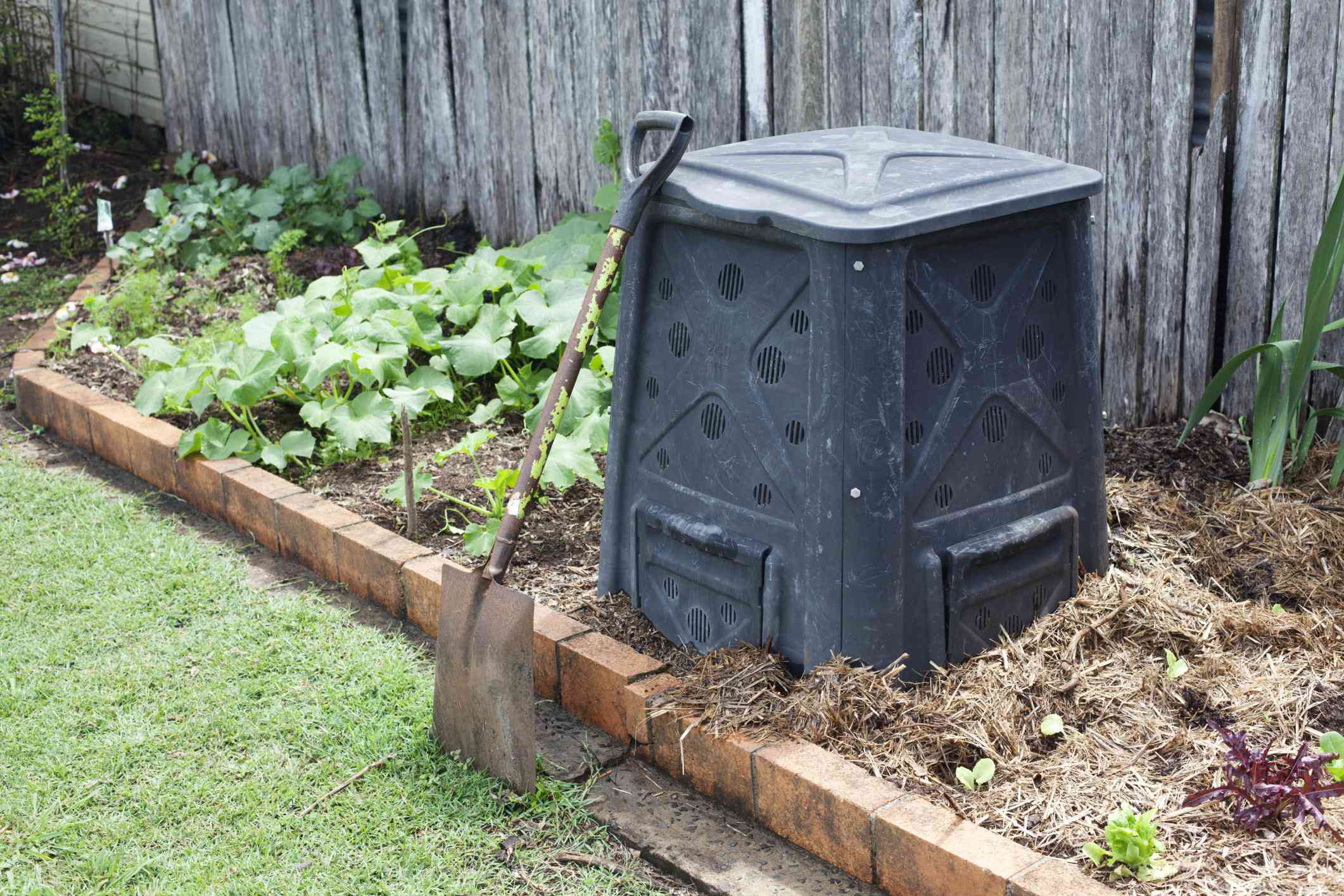
Leave a Reply